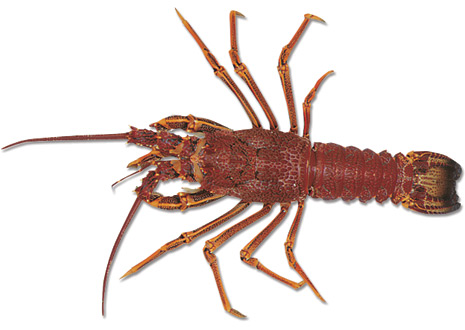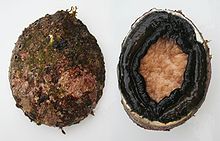How salty is your seafood?
How salty is your seafood? The effect of elevated salinity on fisheries relevant benthic marine beasties.
The national interest in increased salinity levels of coastal waters as a potential consequence from desalination waste, brine water and temperature increase associated with global warming has generated considerable debate in the media. Exposure to elevated salinity can impair the physiology of coastal marine organisms.
Despite living in a saltwater environment, most marine animals have a relatively narrow salinity tolerance range. Similarly, aquaculture species culture reliant on coastal seawater are also at risk if the salinity concentrations exceed the biological threshold limit of the animals. Limited research has been conducted on identifying the specific response of commercial marine species, such as rock lobster, abalone, and sea urchins, to change in salinity above the normal range.

